The new Ferrari California T convertible marks the return of the Italian supercar manufacturer using turbocharged powertrains in its mainstream models.
The replacement for the current California, the new California T is powered by a low-mounted direct-injection 3.8-litre twin-turbocharged V8 engine producing 552bhp at 7500rpm and 557lb ft of torque. The new car has made its world debut at today's Geneva motor show.
Ferrari says the California T can accelerate from rest to 62mph in 3.6 seconds and has a top speed of 196mph, both marginal improvements over the old model. Speaking at the Geneva show, Ferrari boss Luca di Montezemolo said its 8-cyl turbocharged engine is first in a quarter of a century: "Maybe you remember the last one, the F40," he said.
The car is said to have almost no turbo lag and turbo boost and torque increases with every upshift. Despite a 70bhp gain, fuel consumption is improved by some 15 per cent, to around 27mpg over the old naturally aspirated engine. CO2 emissions have also been reduced to 250g/km with a stop-start system, a significant reduction from the 270g/km of the outgoing car.
The new California T features an upgraded crankshaft and exhaust manifold, which Ferrari says allows the car to sound "even more potent" than before. Spy photographers have previously reported the new car sounds much louder than the current California.
Alongside new carbon-ceramic brakes which allow the California T to come to a complete halt from 62mph in 34 metres, Ferrari has given the new car an upgraded suspension setup, featuring new springs and the latest generation of Magnaride dampers, which work 50 per cent faster than before.
Ferrari says this means the California T handles better than before, with a more comfortable ride. Its steering setup has also been revised to improve response. The new California has a dry weight of 1625kg when fitted with optional lightweight equipment.
Styling wise, the California T retains the overall dimensions of the current generation, but with a subtle redesign inspired by the F12 and the FF. Ferrari says the shape of the new car's flanks is inspired by the 250 Testa Rossa of the 1950s, while a new diffuser can be seen at the rear. The California T retains its predecessor's hard-top roof, which retracts in 14 seconds.
Inside, Ferrari has significantly upgraded the California's cabin, giving it new leather trim, a new 6.5-inch central touchscreen infotainment system and its Turbo Performance Engineer, a seperate touch-controlled screen showing engine data. The usual buttons for engaging Race mode and Launch Control are also present.


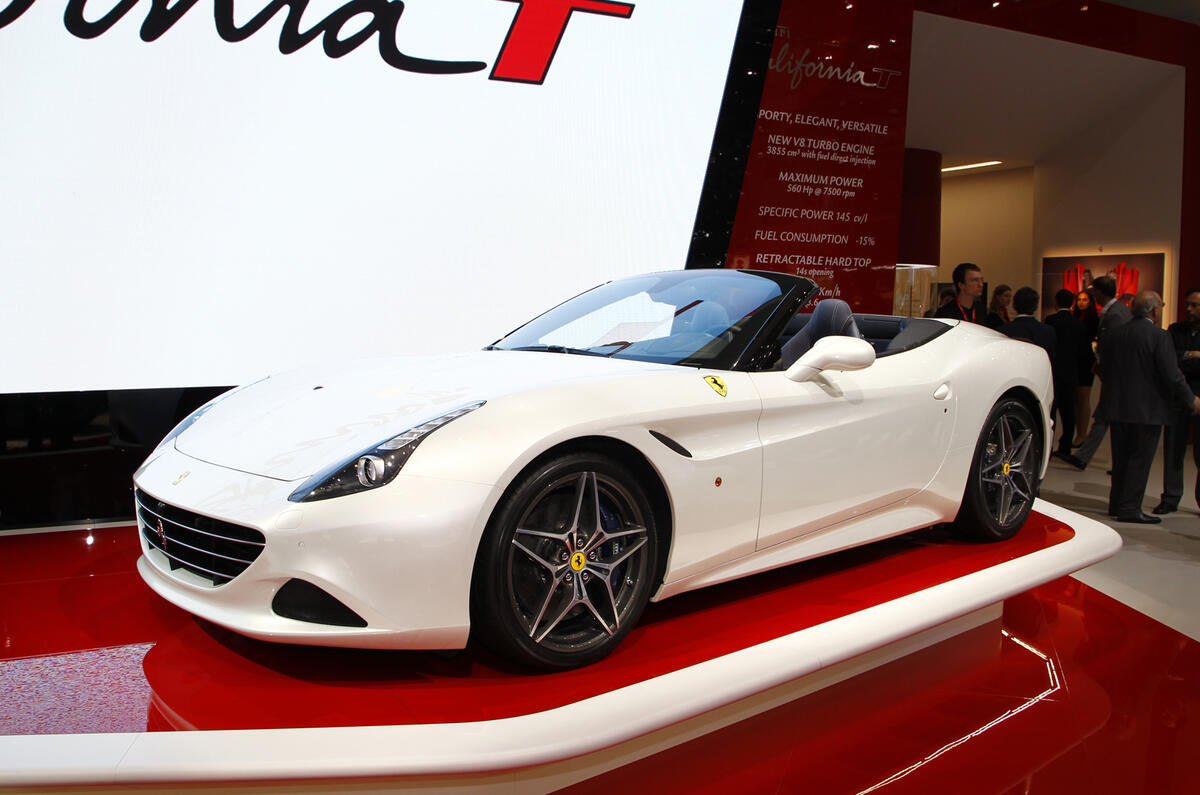
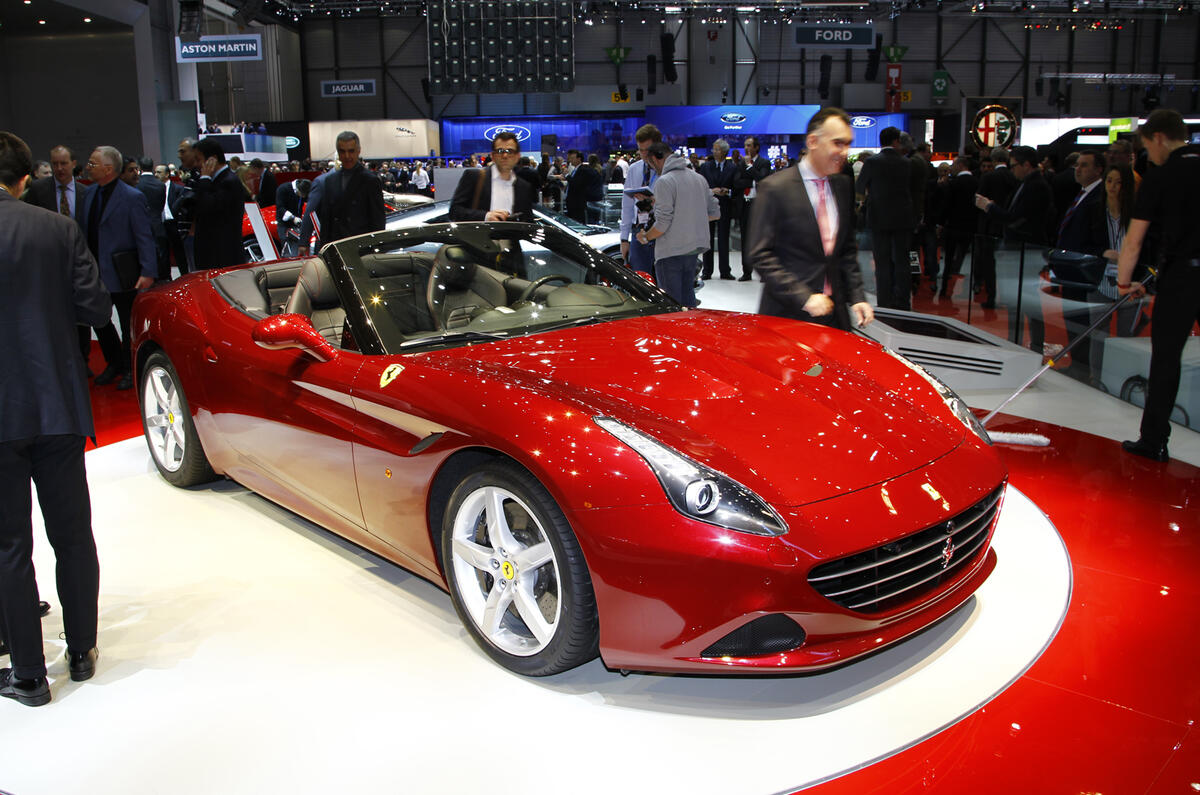
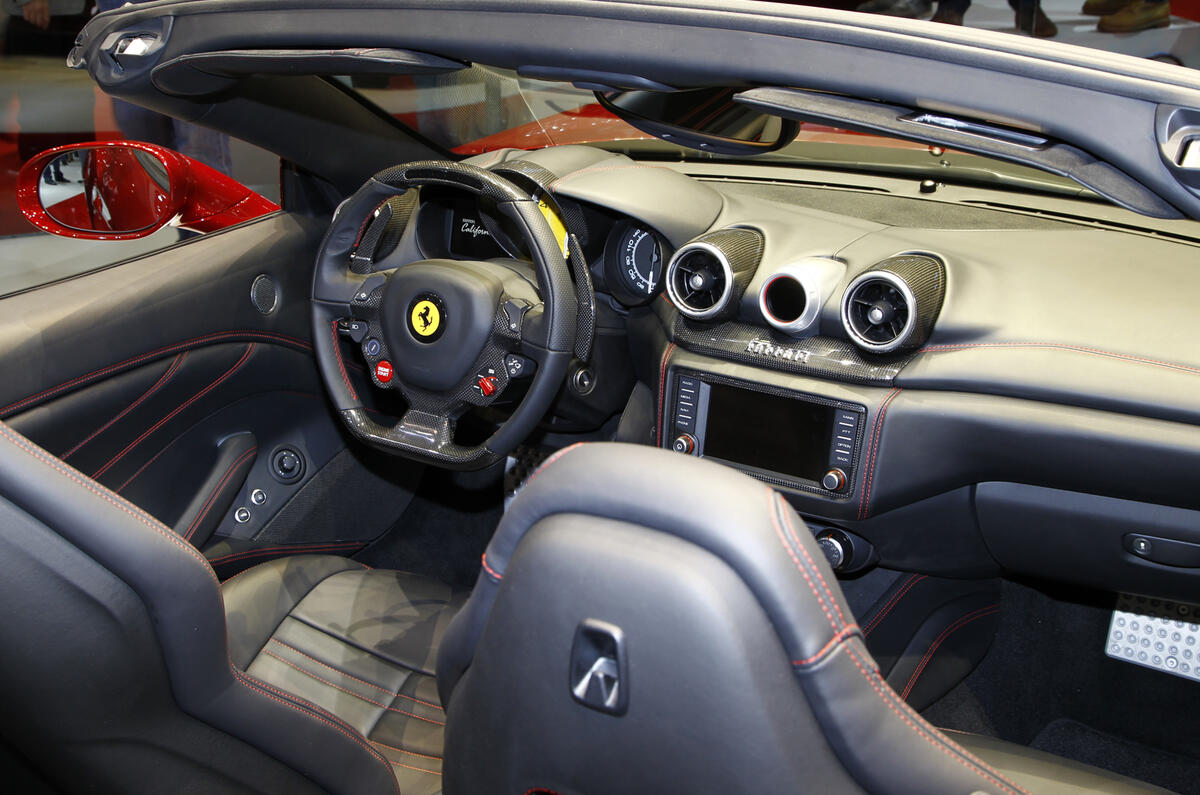
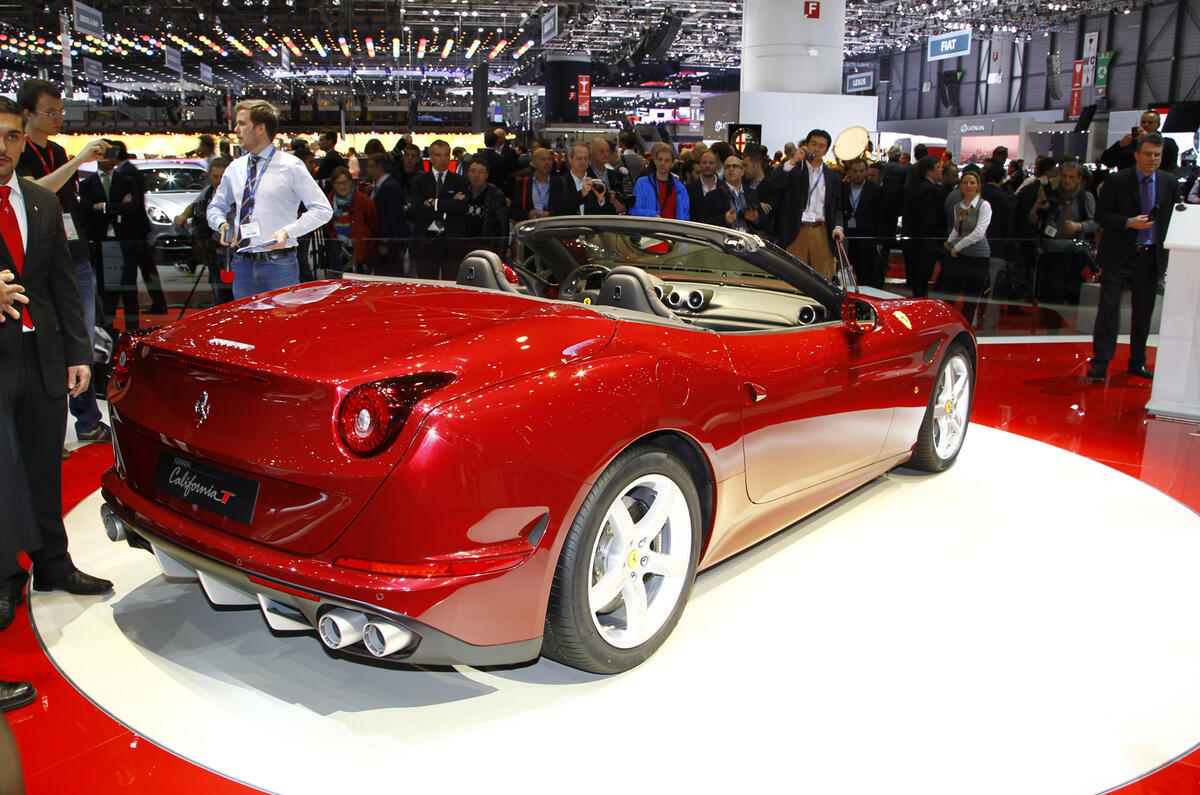
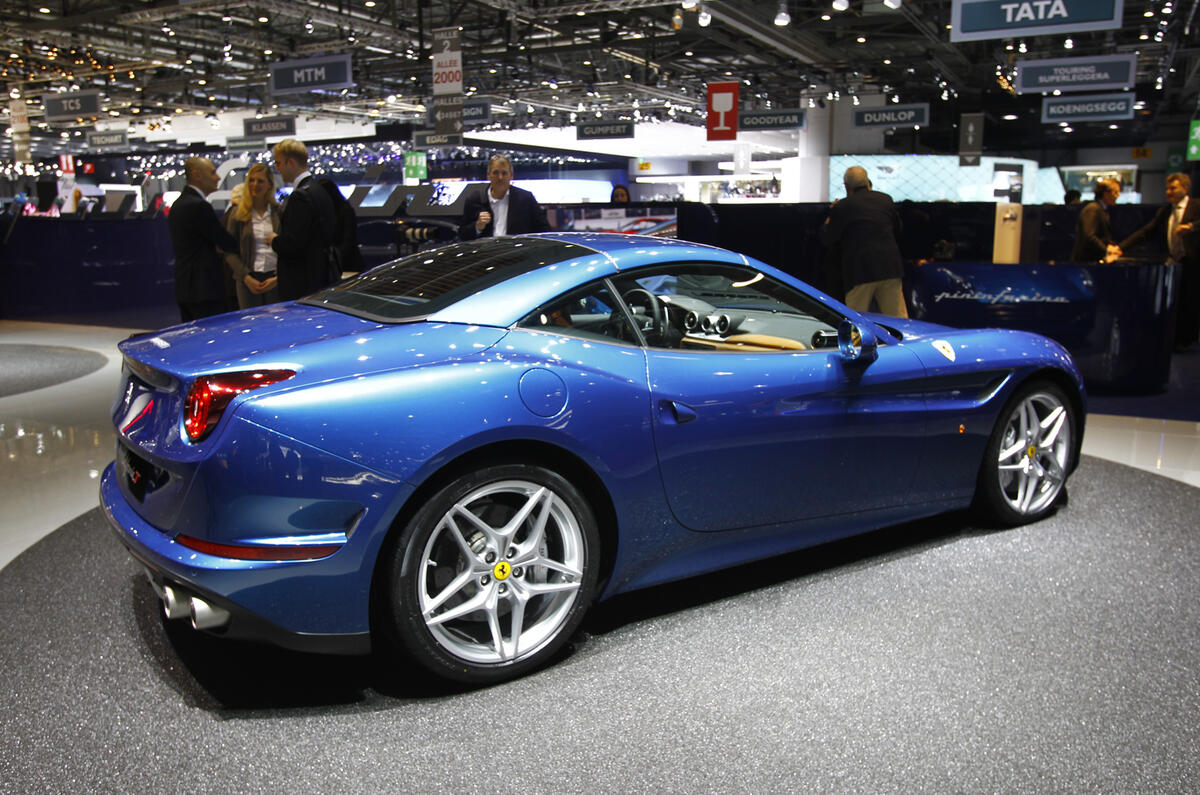
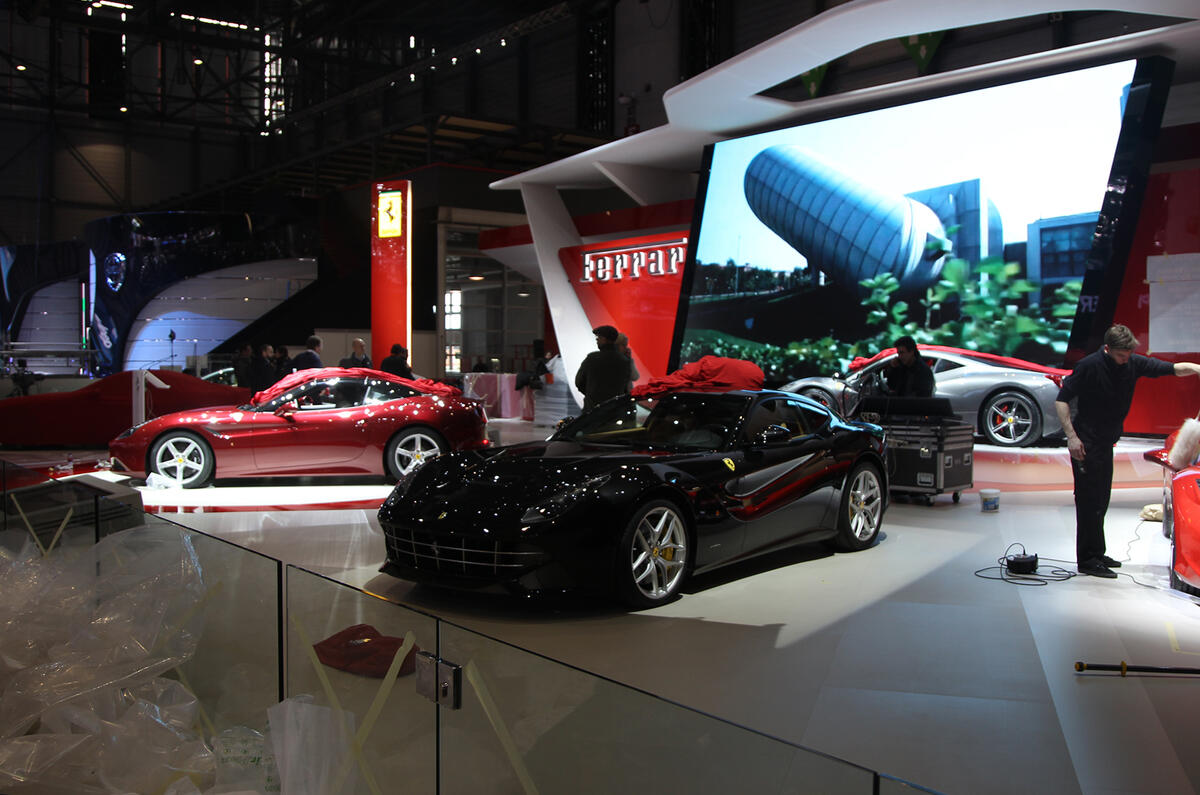
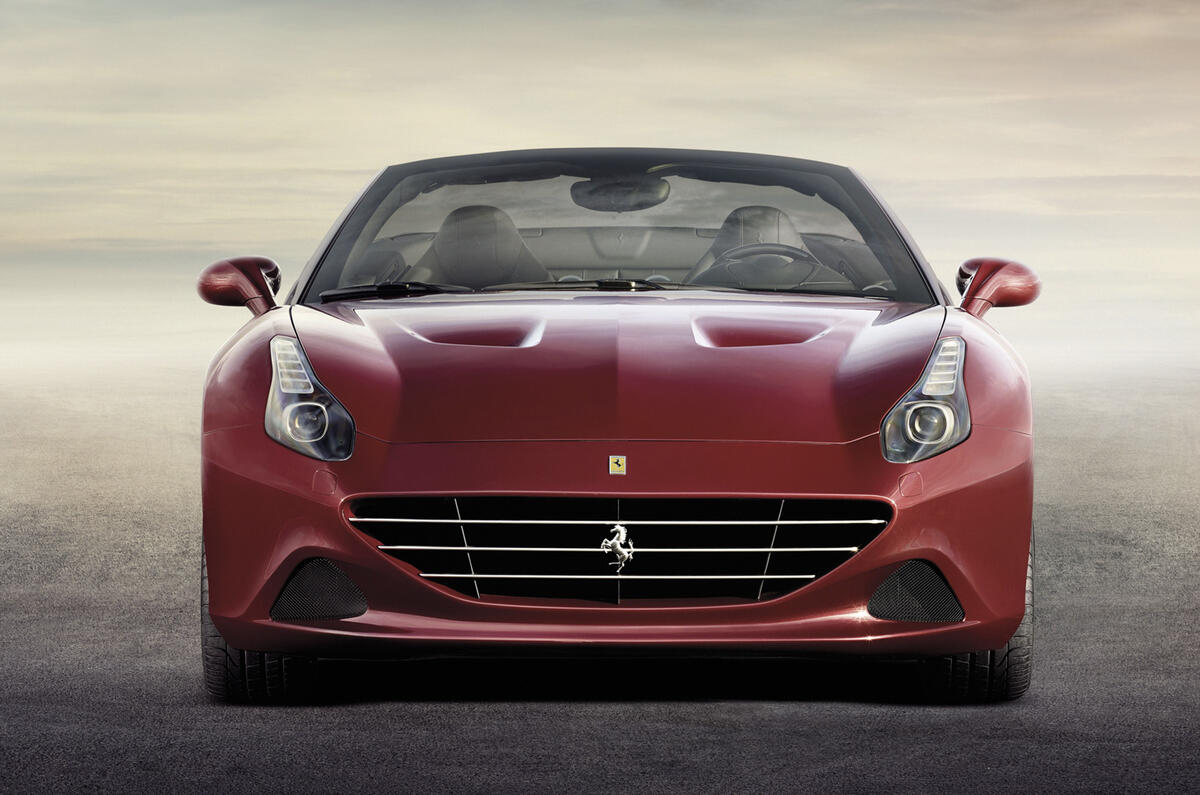

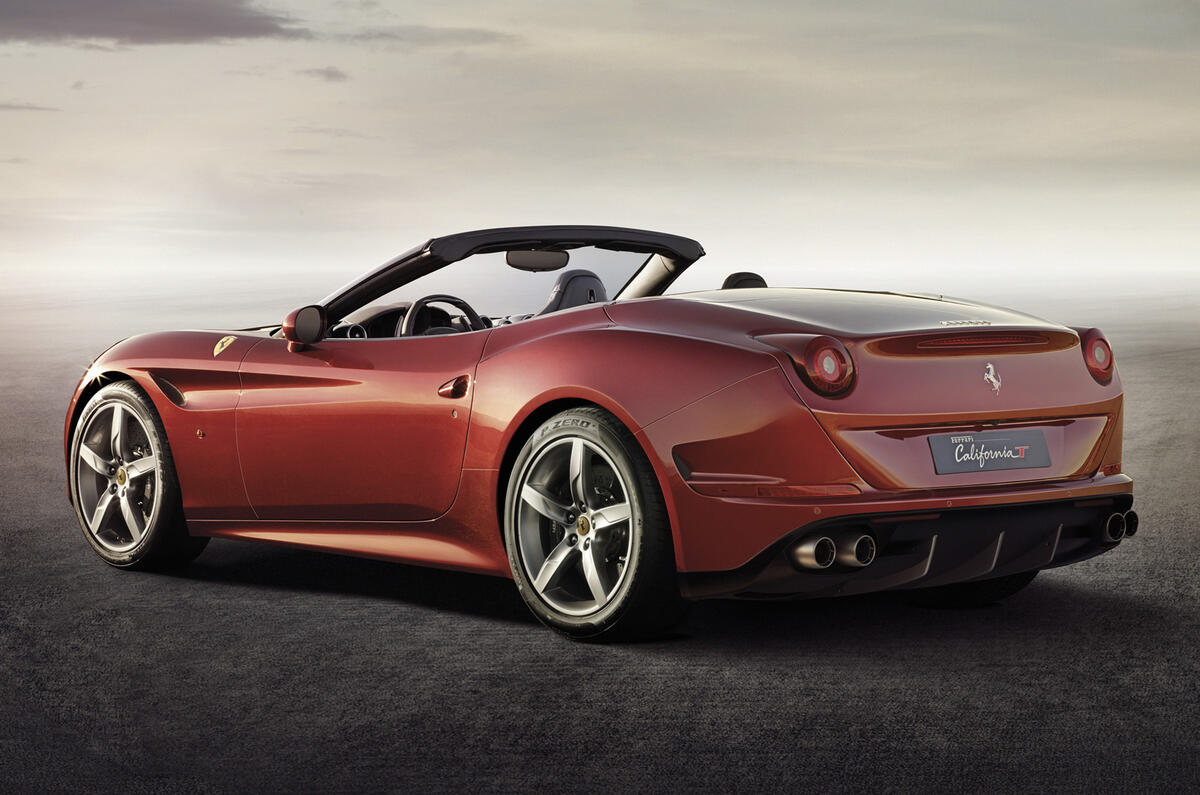
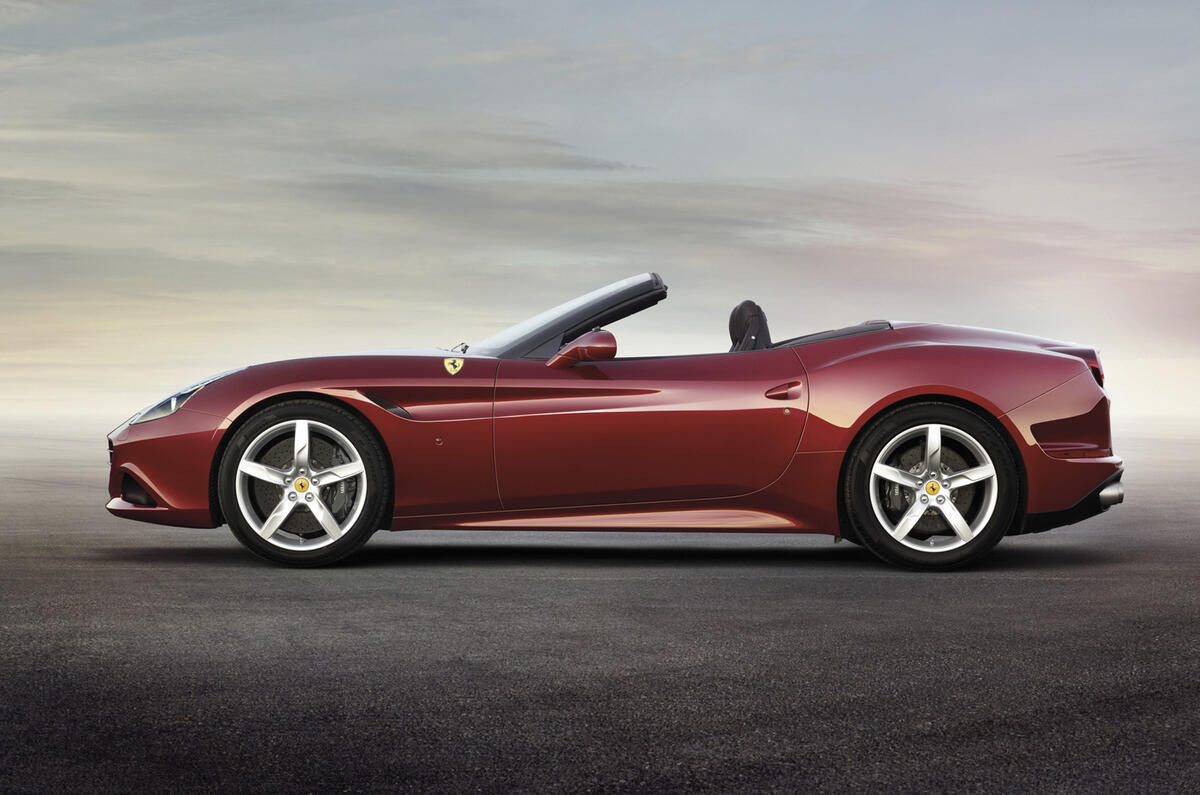
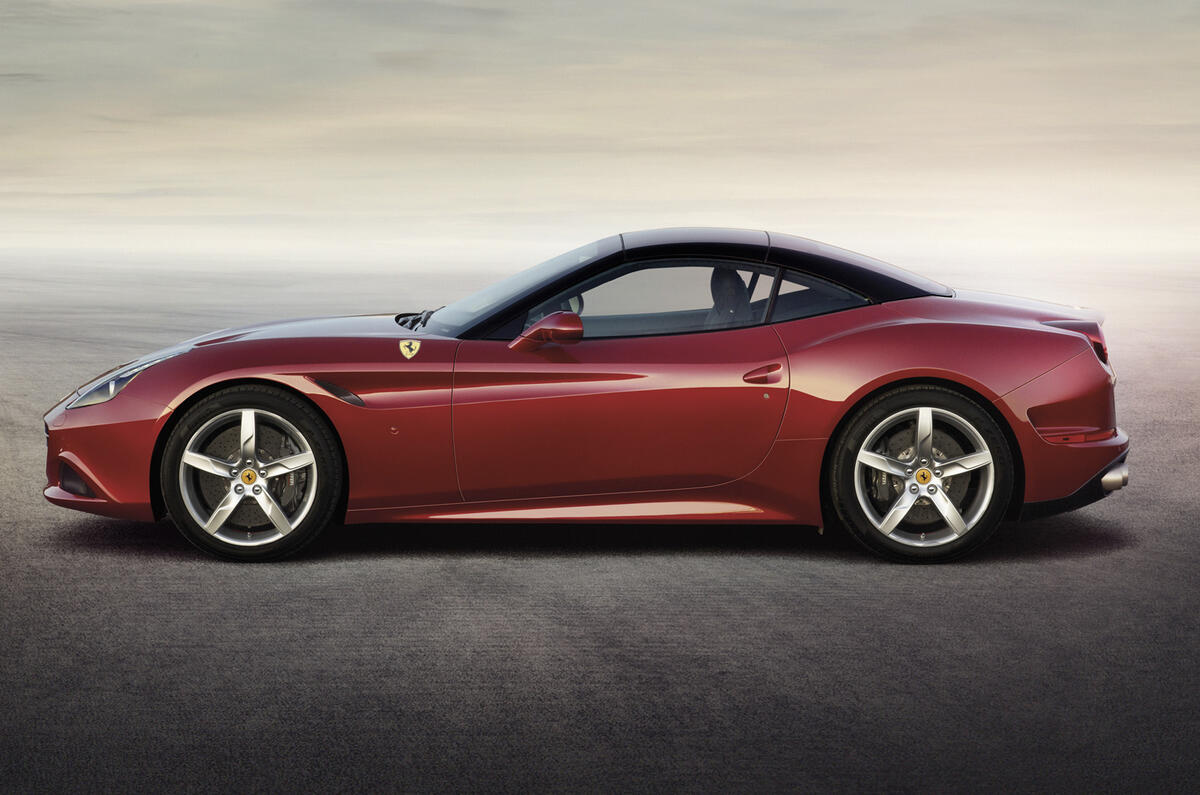
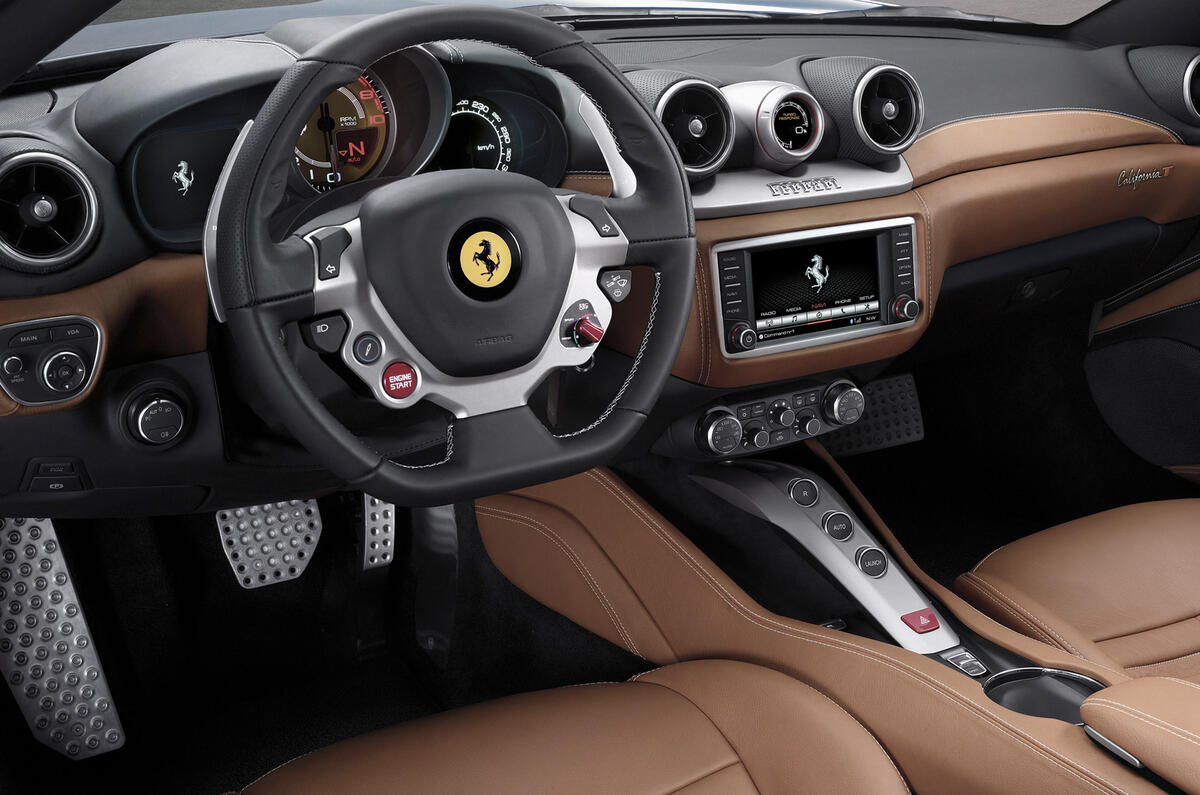
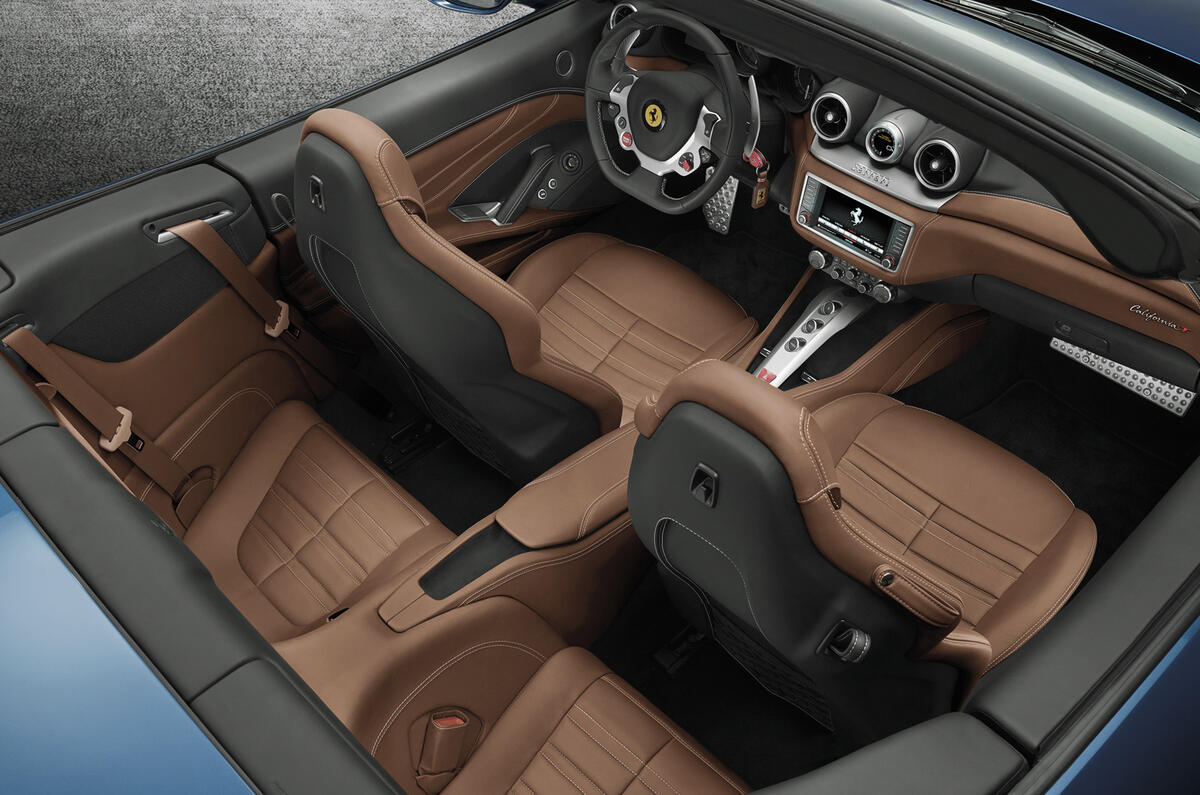
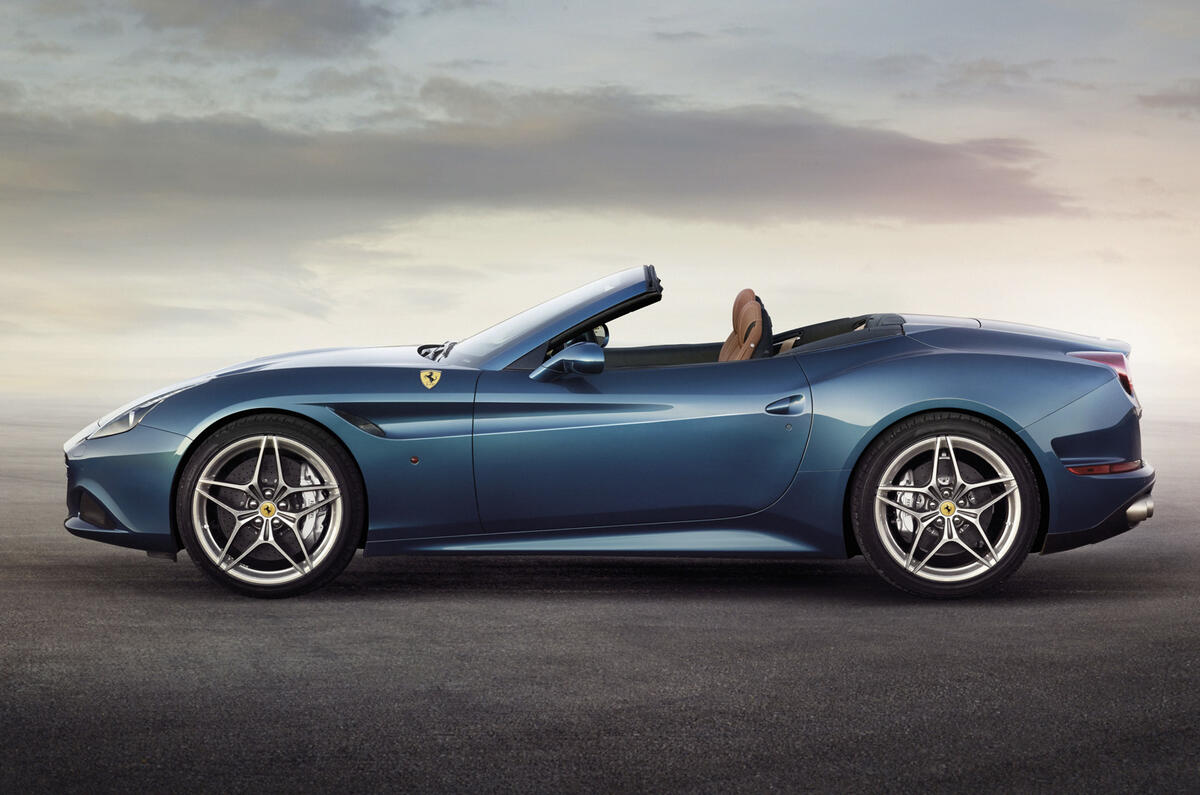
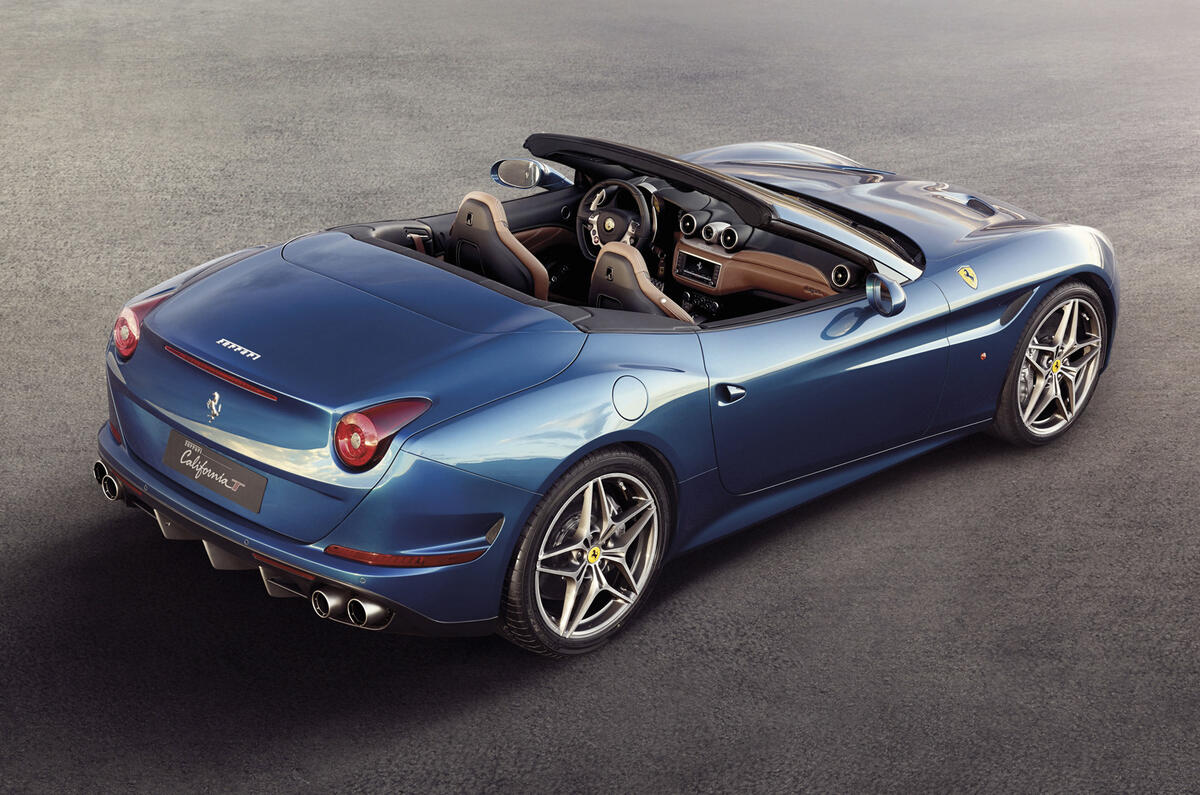

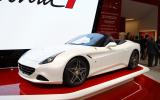
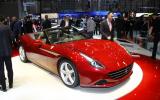
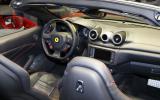
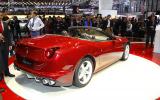
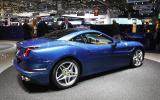
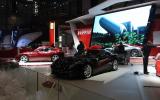
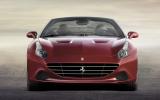
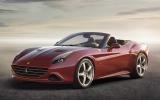
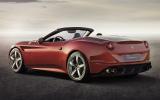
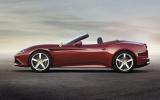
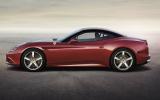

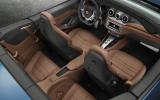
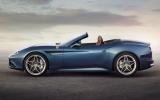
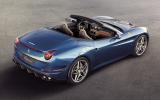



Add your comment